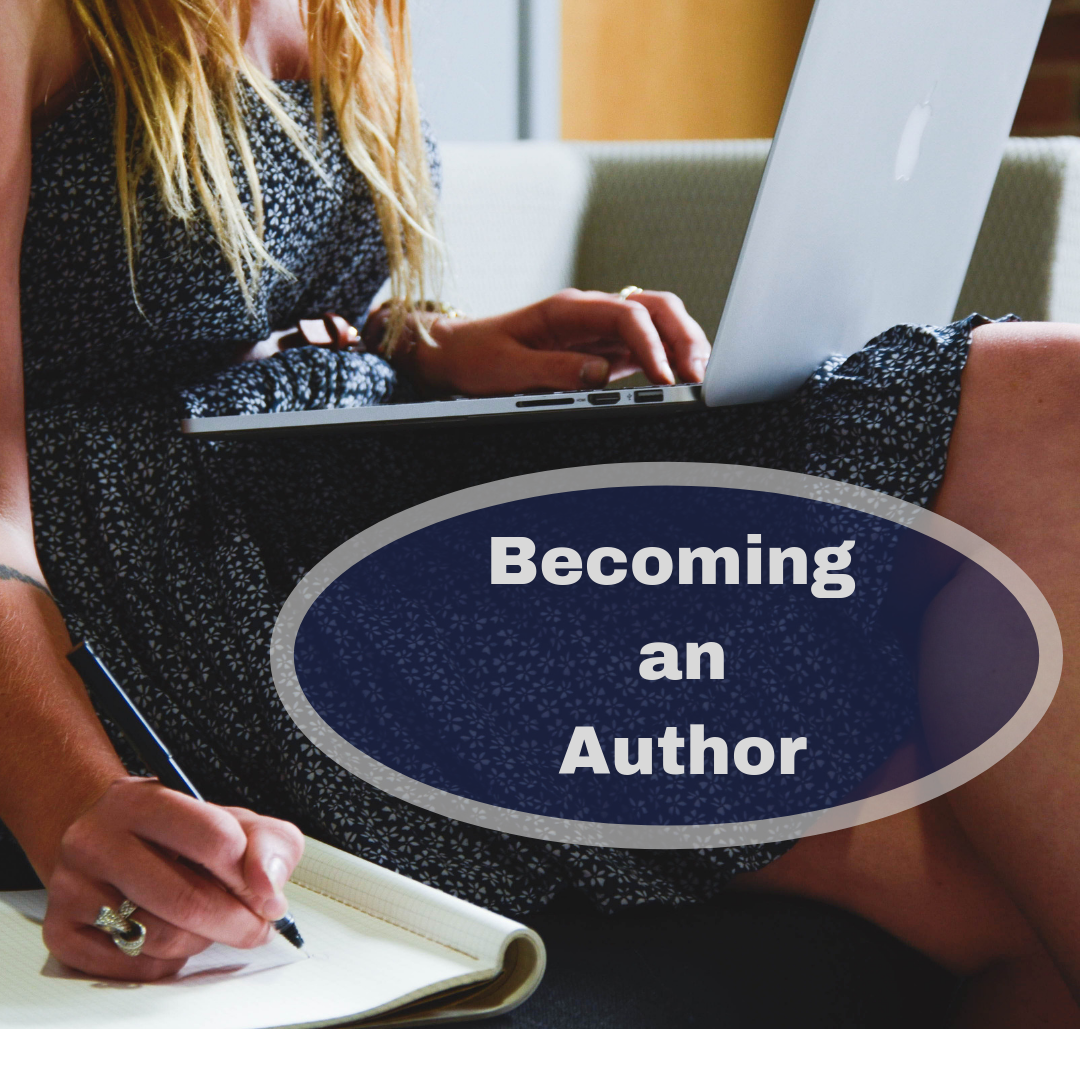
Be Aware, Be Alert
As March comes to an end, so does the Brain Injury Awareness Month campaign. If you have read this…
March 29, 2025
As March comes to an end, so does the Brain Injury Awareness Month campaign. If you have read this…
March 29, 2025
For young adult authors one of the ways to connect with readers is through school visits. I asked Author…
March 27, 2023
“Many books for children feature children. Your writing will be more natural if you are aware of the rhythms…
January 21, 2021
Every year around this time, I take a moment to reflect on the progress I have made as a…
December 9, 2020
We think of writing a book as an act of creative inspiration. The muse strikes and we strive to…
July 18, 2020
When I tell people that I make my living writing, they don’t typically think of web content for lawyers…
June 13, 2019
“Slant” is a commonly used, every day word. You can slant things to the left or the right or…
April 14, 2019
When I first started pursuing a career as a writer of the screenplays and began learning the craft, I…
January 4, 2019